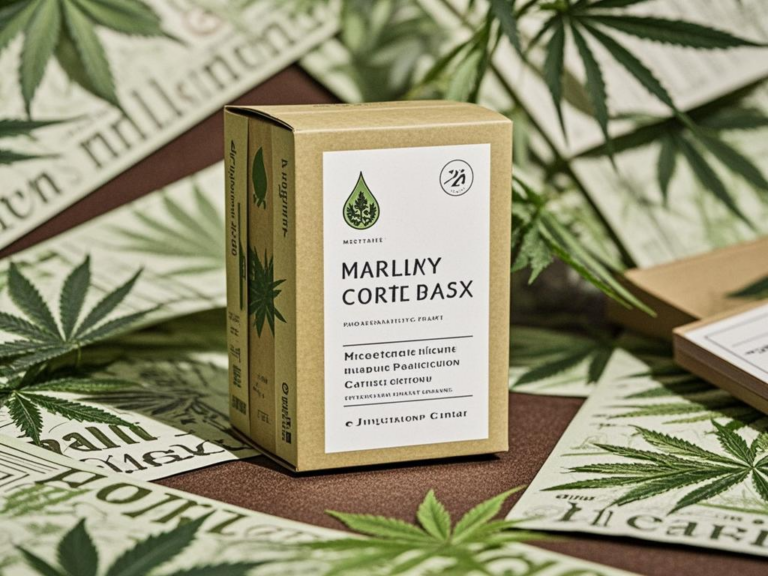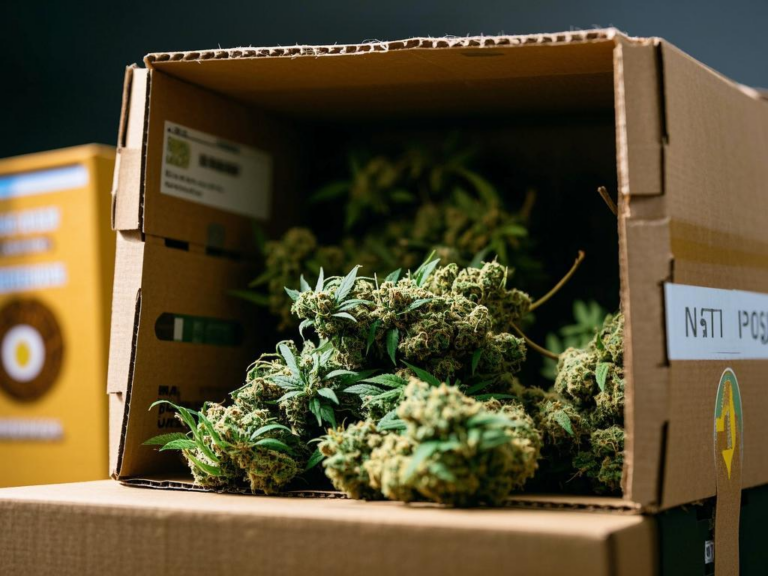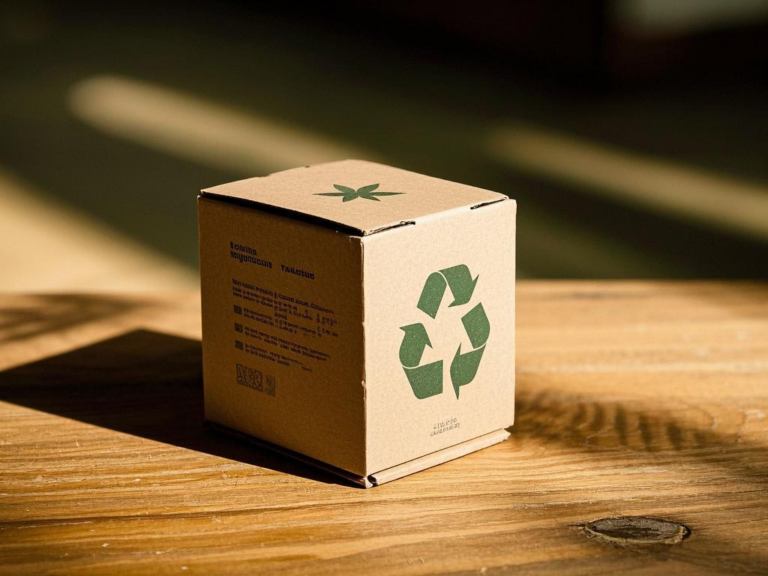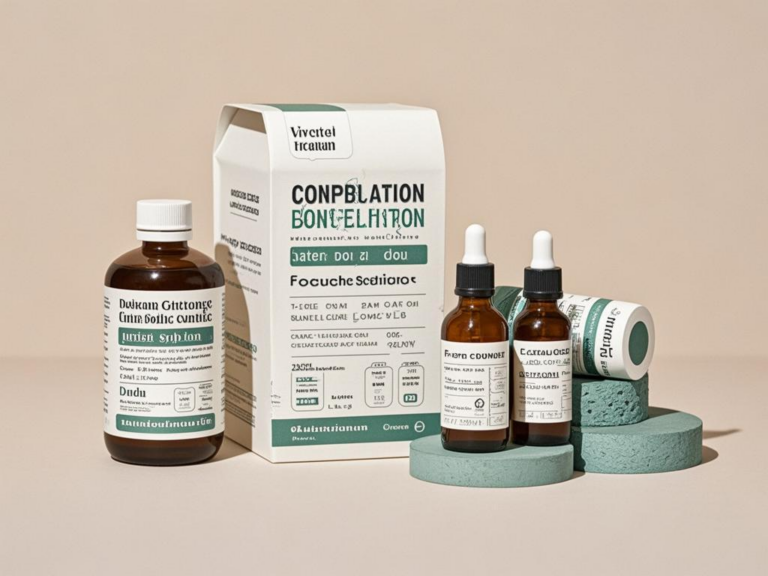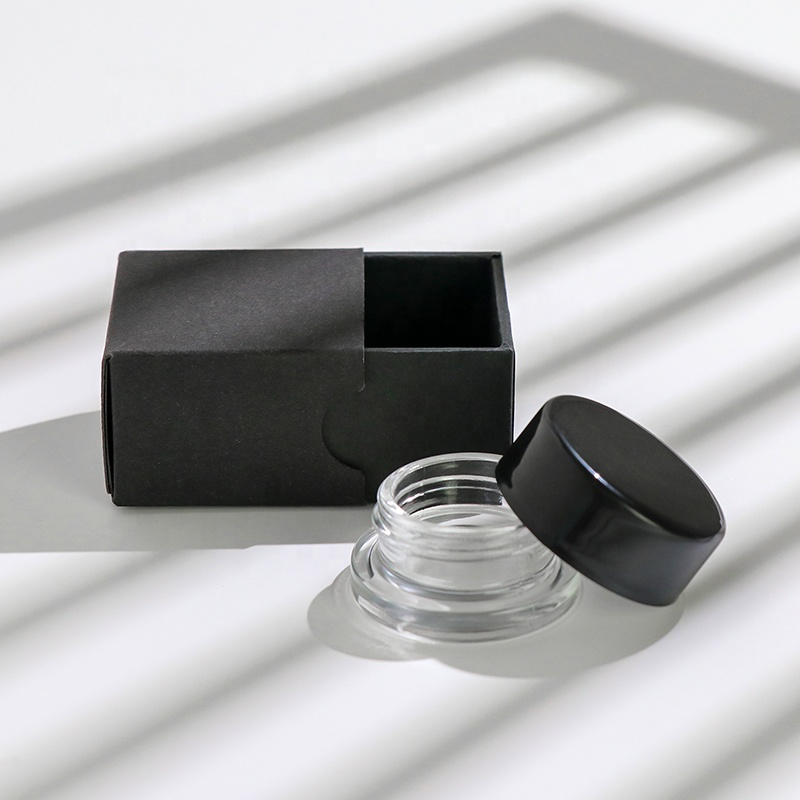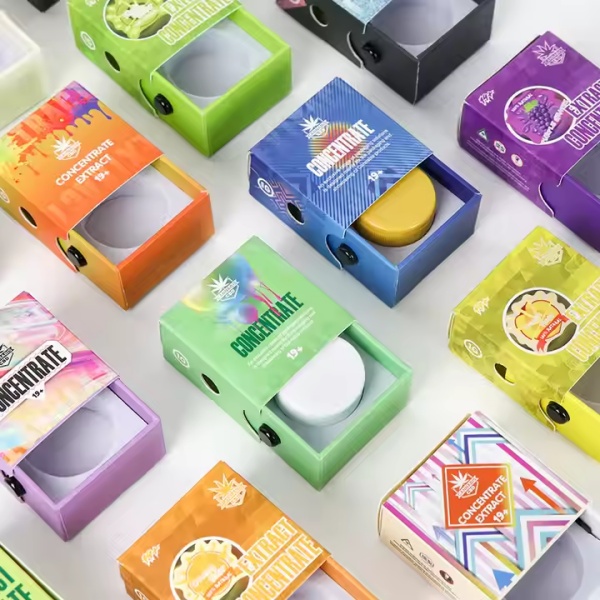-
Fuyong Town, Baoan District, Shenzhen

How to open child proof marijuana packaging
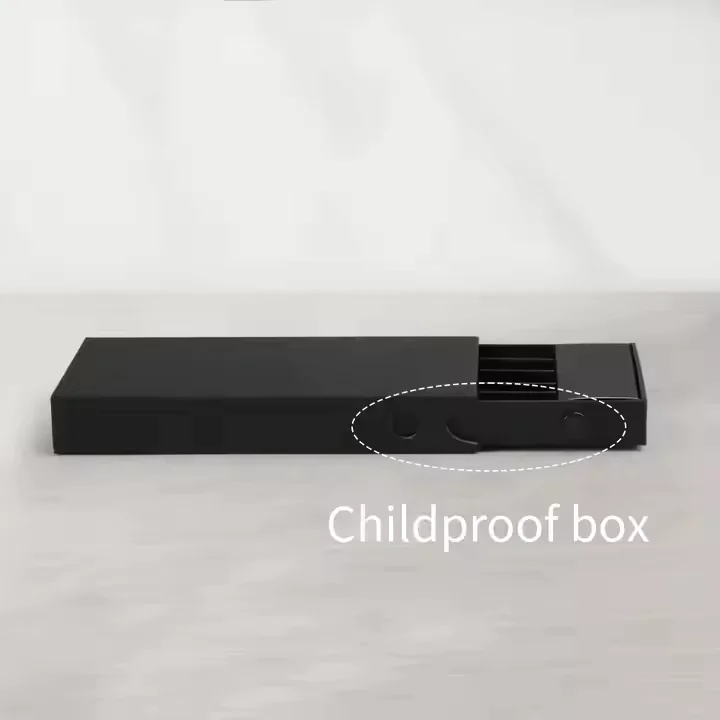
Child-Resistant Weed Packaging: The Ultimate Guide for Wholesalers, Manufacturers, and Distributors
This article dives deep into the world of child-resistant cannabis packaging, a crucial element for any wholesaler, manufacturer, or distributor operating in the legal cannabis market. We’ll explore the various types of packaging, their functionalities, regulations, and best practices, equipping you with the knowledge to make informed decisions that protect your brand, comply with regulations, and ensure product safety. Ultimately, understanding this subject is paramount to gaining and maintaining a competitive edge in the rapidly expanding cannabis industry.
Table of Contents
1. Why is Child-Resistant Packaging Essential in the Cannabis Industry?
The cannabis industry, whether it’s medical marijuana or recreational, is under intense scrutiny. One of the most significant concerns revolves around preventing accidental ingestion by children. Child-resistant (CR) packaging plays a significant role in mitigating this risk. It’s not just a good practice; it’s often a legal requirement.
Child-resistant packaging is designed to be difficult for children under five years old to open, while still being accessible for adults. Failure to comply with child-resistant packaging regulations can lead to hefty fines, product recalls, and damage to your brand reputation. For wholesalers, manufacturers, and distributors, ensuring that the packaging you source and supply is genuinely child-resistant is paramount. It’s about ethical responsibility and protecting your cannabis business from legal liabilities.
2. What are the Different Types of Child-Resistant Cannabis Packaging?
The cannabis market offers a wide array of child-resistant packaging options, each designed for different cannabis products. Here are some of the most popular packaging types:
- Push-and-Turn Bottles/Jars: These are one of the most common types, often used for cannabis flower and edibles. They require the user to push down on the lid and simultaneously turn the lid to open.
- Squeeze-and-Turn Containers: Similar to push-and-turn, these require squeezing the sides of the container while turning the lid.
- Squeeze-and-Pull (or Pinch-and-Pull) Containers: These often feature tabs or levers that need to be squeezed or pinched together before the container can be pulled open. Commonly used for pre-roll packaging.
- Slider Boxes: Often used for vape cartridges and concentrate containers, these boxes require a specific sliding motion to access the contents.
- Locked Bags: These are essentially heavy-duty, resealable Mylar bags with a locking mechanism, often a combination lock or a zipper that requires a specific tool to open. The locking mechanism is a CR feature.
- Tin Containers with Locking Mechanisms: Many cannabis brands favor tin containers that feature a child-resistant locking feature.
Choosing the right type of closure depends on the specific product and the desired user experience.
3. How do Push-and-Turn Caps Work, and Are They Truly Child-Resistant?
Push-and-turn caps, familiar from prescription medication bottles, are a mainstay in child-resistant packaging. The mechanism relies on two simultaneous actions: pushing down and turning. This requires a level of dexterity and coordination that most young children haven’t developed.
However, it’s important to note that “child-resistant” doesn’t mean entirely “child-proof.” Given enough time and persistence, some children might figure out how to open these containers. That’s why it’s crucial to source packaging from reputable manufacturers who adhere to strict testing standards. The goal is to make it difficult to open, significantly delaying a child to open the container and providing enough time for adult intervention. It’s also helpful to provide clear opening instructions on the packaging. Even an adult might struggle if it is finicky.
4. What are the Regulations Governing Child-Resistant Cannabis Packaging in the U.S.?
Regulations regarding child-resistant packaging in the cannabis industry vary by state in the U.S. However, most states adopt standards based on the Poison Prevention Packaging Act (PPPA) of 1970, which is enforced by the Consumer Product Safety Commission (CPSC).
The PPPA requires that child-resistant packaging be tested according to specific protocols. These protocols involve testing the packaging with groups of children and adults to ensure it meets the required standards of resistance. Cannabis containers must be compliant with these regulations. For wholesalers and distributors, it’s absolutely essential to verify that the packaging you handle meets these requirements. Request and review the Certificates of Conformity (CoC) from your suppliers. Be sure to stay updated on changes to regulations, as the cannabis market is constantly evolving.
5. Beyond Child Resistance: What Other Features Should Cannabis Packaging Have?
While child resistance is paramount, effective cannabis packaging should offer other crucial features:
- Tamper-Evident: Packaging should clearly indicate if it has been opened or tampered with, providing consumers with confidence in the product’s integrity.
- Airtight and Moisture-Resistant: Cannabis flower, edibles, and other products need protection from air and moisture to maintain freshness and potency. Airtight seals are essential.
- Opaque or Light-Resistant: Light can degrade cannabinoids and terpenes. Opaque packaging helps preserve the product’s quality.
- Clearly Labeled: Packaging must include all required information, such as product name, ingredients, cannabinoid content, warnings, and opening instructions.
- Sustainable: Increasingly, consumers are demanding eco-friendly packaging options. Consider using recyclable or compostable materials.
- Resealable: It is important that cannabis product users can reseal the packaging, making it child-resistant each time.
A well-designed package balances all these elements.
6. How Can Customization Enhance Brand Identity and Shelf Appeal?
Custom cannabis packaging is a powerful tool for cannabis brands to differentiate themselves in a crowded marketplace. Beyond meeting regulatory requirements, custom packaging allows you to:
- Create a Unique Brand Identity: Use colors, fonts, logos, and imagery that reflect your brand‘s personality and values.
- Enhance Shelf Appeal: Eye-catching packaging attracts consumers’ attention in cannabis dispensaries.
- Communicate Key Information: Use the packaging to highlight product features, benefits, and usage instructions.
- Offer Different Sizes: For example, offer 1oz, 3g 5g 7g concentrate packaging box.
- Target Specific Consumer Segments: Tailor the packaging to appeal to your target audience.
- Reinforce Quality and Value: High-quality packaging signals a premium product.
A design team can assist in creating the customizable packaging to fit your brand.
7. The Role of Packaging in Maintaining Cannabis Product Freshness and Quality.
The packaging used for cannabis products is not just about safety and aesthetics; it plays a significant role in preserving the product’s quality and freshness.
- For Cannabis Flower: Proper packaging prevents the flower from drying out, losing its aroma, and degrading in potency. Airtight containers, often jars or Mylar bags, are essential. Pop-top containers are a popular packaging choice.
- For Edibles: Edible packaging needs to protect the product from moisture, air, and light, which can cause spoilage or affect taste and texture.
- For Concentrates: Concentrate packaging, such as small glass jars or silicone containers, needs to be non-reactive and prevent leakage. Consider packaging options like Concentrate Packaging Drawer Box wholesale.
- For Vapes: Vape packaging should be child-resistant, while also protecting fragile vape cartridges.
Keeping your cannabis products fresh is critical for customer satisfaction and repeat business.
8. Common Mistakes to Avoid When Choosing Cannabis Packaging.
Choosing the wrong packaging can have serious consequences. Here are some common mistakes to avoid:
- Prioritizing Cost Over Compliance: Cutting corners on child-resistant packaging to save money is a risky gamble. Always prioritize compliance with regulations.
- Ignoring State-Specific Regulations: Packaging requirements vary by state. Ensure your packaging meets the specific rules of the states where you operate.
- Using Generic Packaging: Generic packaging fails to capitalize on branding opportunities. Invest in custom cannabis packaging to stand out.
- Overlooking Functionality: Packaging should be easy for adults to open and use, while remaining child-resistant.
- Not Considering Sustainability: Consumers are increasingly concerned about the environmental impact of packaging.
- Not using tamper-evident packaging, leaving the user to wonder if anyone has tried to open cannabis products.
9. How the Cannabis Packaging Evolved
Cannabis packaging has transformed from basic baggies to sophisticated, compliant, and brand-focused solutions. Initially, discretion and basic preservation were the main goals. As legalization spread, regulations tightened, demanding child-resistant features, detailed labeling, and tamper-evidence.
The shift wasn’t just about rules; it was also about branding. Companies realized packaging could communicate quality, attract customers, and build brand identity. Materials diversified, moving beyond plastic to glass, metal, and sustainable options. Technology played a role, too, with innovations like QR codes for product information and smart packaging for tracking and authentication. Today, it’s more than the basic plastic containers, and consumers desire packaging such as Magnetic Gift Box for Concentrate Containers Packaging. The evolution continues, driven by consumer preferences, regulatory changes, and the constant push for innovation in a competitive market.
10. What is the Future of Cannabis Packaging?
The world of cannabis packaging is likely to see several key trends in the future:
- Increased Focus on Sustainability: Expect to see more packaging made from recycled, biodegradable, and compostable materials.
- Smart Packaging: Technologies like QR codes, NFC tags, and RFID chips will be integrated into packaging to provide consumers with product information, track-and-trace capabilities, and authentication.
- Enhanced Child-Resistance: Packaging designs will continue to evolve to make them even more child-resistant while remaining user-friendly for adults.
- Customization and Personalization: Cannabis brands will increasingly use packaging to create personalized experiences for consumers.
Packaging evolves, and staying ahead of these trends will be crucial for success in the cannabis market.
FAQs
What makes packaging “child-resistant”?
Child-resistant packaging is designed to be significantly difficult to open for children under five, typically requiring a specific sequence of actions, strength, or dexterity that young children lack.
Are there federal regulations for cannabis packaging?
While there aren’t federal regulations specific to cannabis packaging due to its federal illegality, most states adopt standards based on the Poison Prevention Packaging Act (PPPA), requiring child-resistant packaging.
How can I ensure my packaging is compliant?
Obtain Certificates of Conformity (CoC) from your packaging supplier, confirming that the packaging has been tested and meets the required child-resistant standards.
What is an exit bag?
An exit bag is a child-resistant bag that the product, already in child-resistant packaging, is placed in at the dispensary. The dispensary bag must also be CR.
Can I use scissors to get through packaging that is difficult to open?
While some consumers may want to use scissors to get through tough packaging, the packaging may still be damaged. It’s also not child-resistant if consumers keep scissors next to the packaging.
What type of closure is used in child-resistant packaging?
Many cannabis packages utilize a push-and-turn closure, similar to what is seen with medications.
Key Takeaways:
- Child-resistant packaging is crucial for safety and compliance in the cannabis industry.
- Various packaging options exist, each suited to different cannabis products.
- Regulations vary by state, but most follow PPPA guidelines.
- Packaging should be child-resistant, tamper-evident, airtight, and clearly labeled.
- Custom cannabis packaging enhances brand identity and shelf appeal.
- Proper packaging preserves product freshness and quality.
- Avoid common mistakes like prioritizing cost over compliance.
- The future of cannabis packaging will focus on sustainability, smart technologies, and enhanced child resistance.
- Work with a reputable supplier of packaging. For example, Marijuana Cannabis Concentrate Container Packaging Box is a great place to start.
- It is important to choose packaging that will allow consumers to properly open, as well as properly reseal the packaging.
By understanding the intricacies of cannabis packaging, wholesalers, manufacturers, and distributors can make informed decisions that protect consumers, comply with regulations, and contribute to the success of their cannabis business.
